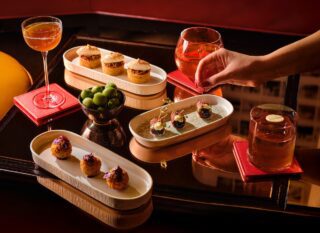This website uses cookies so that we can provide you with the best user experience possible. Cookie information is stored in your browser and performs functions such as recognising you when you return to our website and helping our team to understand which sections of the website you find most interesting and useful.
For goodness’ sake: exploring Japan’s ancient beverages
By Gabriel Power | 21 October 2022 | Food & Drink, Travel
Tempus delves into the history and process behind sake and shochu, and what makes them perfect for the European market
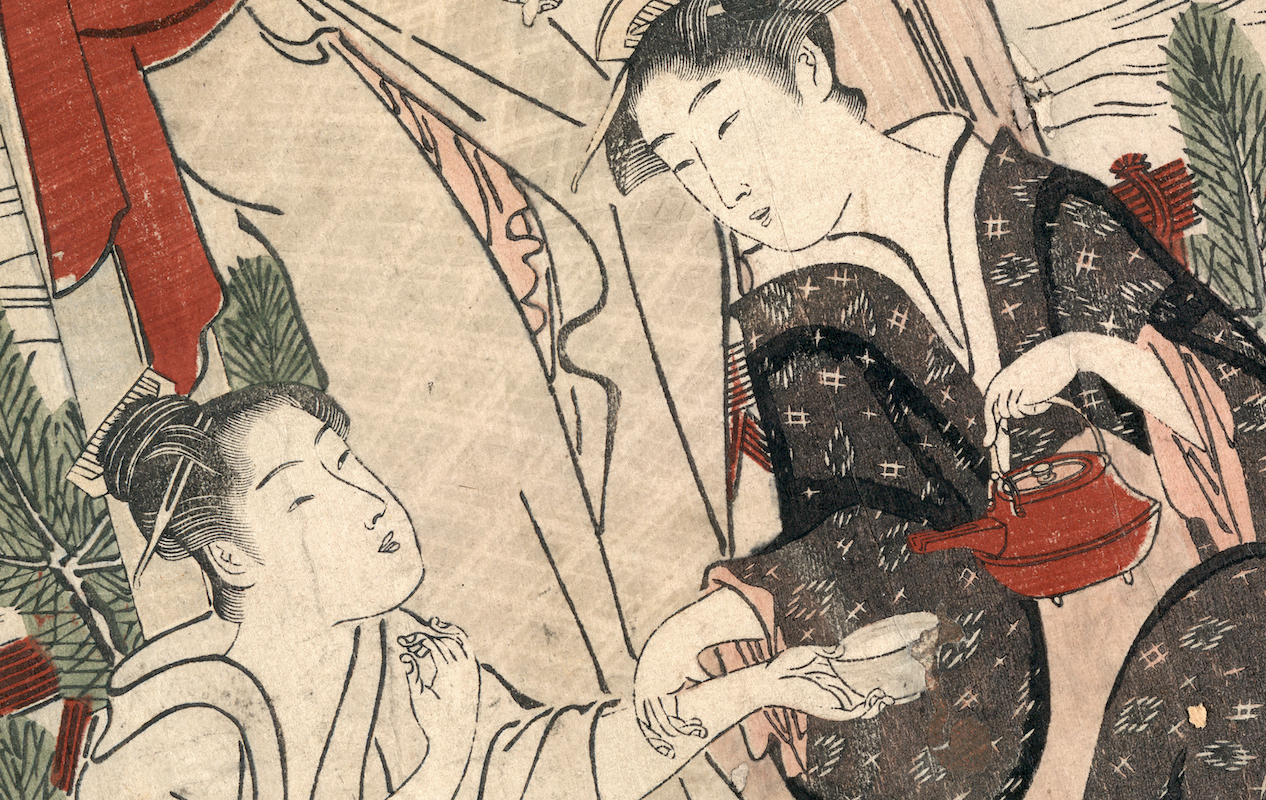
Centuries have passed, fuedal kingdoms have battled, shogunates have seized and lost control and an entire empire has risen and crashed in a spectacular ball of flames. The written history of Japan is a frighteningly complex and surprisingly gap-filled exercise in barely controlled chaos – an unusual feature of a country perhaps reductively associated around the world with order and conformity – and whole eras have passed without leaving behind a shred of documentation, be it through accidental loss or calculated destruction.
But one of the things that has remained a constant throughout Japan's history is the stubborn, pervasive presence of sake and shochu. Such is their ubiquity that they are perhaps synonymous with Japan as a whole – they remain both a staple of modern indulgence in the neon side streets of Tokyo and the shadow lurking in the background of centuries-old ukiyo-e wood block prints from Hokusai to Moronobu.
The western world has long let these two fascinating beverages slip under the radar, the reasons for which are up for debate. Some believe the flavour profiles of sake and shochu are simply not compatible with European palates, while to others their deep, ancient connection to the lone-star culture of Japan – a country which cut itself off from the outside world for 214 years – has kept them firmly in the "exotic" box; little more than novelty curiosties collecting dust at the back of a drinks cabinet.
While still relatively niche, the popularity of these two drinks is growing at a rapid rate – sake in particular has seen a rise in the number of artisanal producers popping up in hipster-filled cities from London to Auckland. Although it is well behind the curve, the West is opening up its eyes to the ancient drinks of Japan, and to prepare for the wave of sake and shochu that is cresting just off the shores of Europe Tempus has spoken to experts in the fields of both drinks in an attempt to strip away the mystery and leave the myths on the brewery floor.
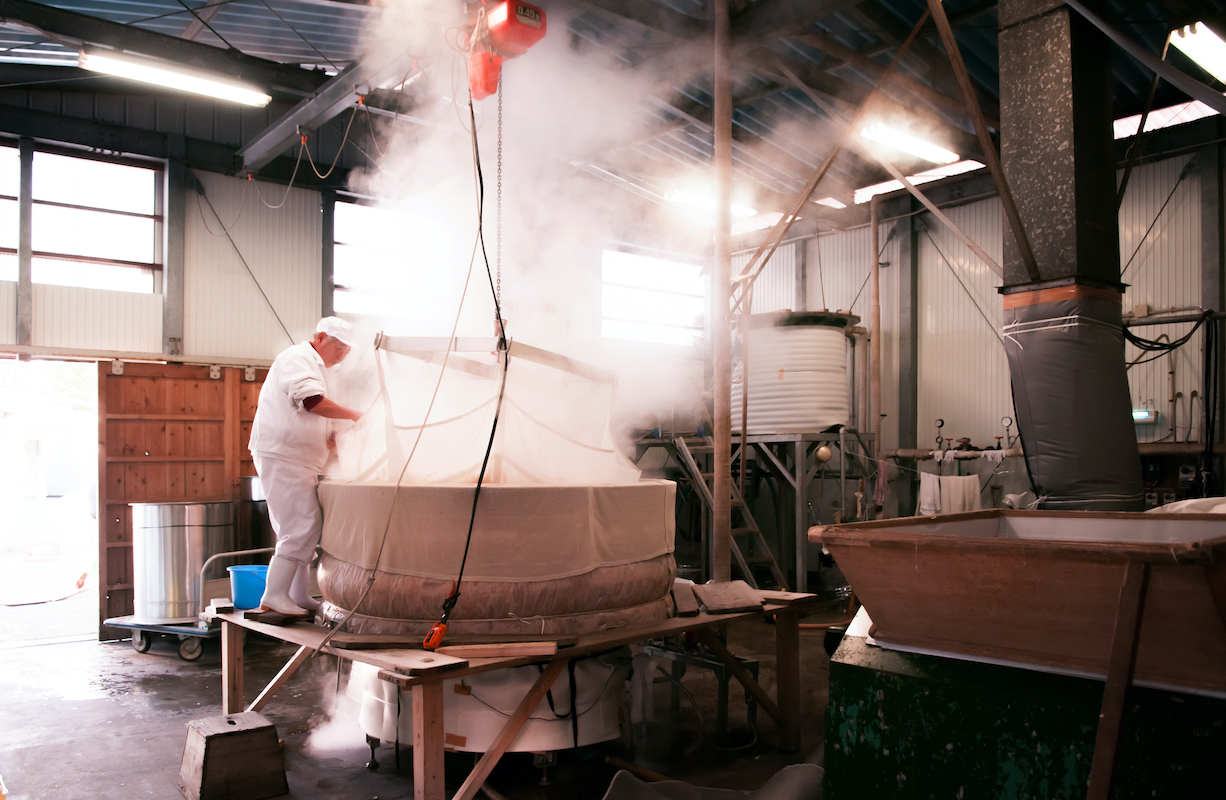
SAKE
Our deep dive begins with sake, the big brother of the two and an inescapable touchstone of Japanese culture. It is the quintessential alcoholic beverage of the country and is technically the product of the fermentation of rice in water, its two key ingredients, and contains about 14% alcohol in average. But this is mere surface-level analysis; sake is much more than a mere drink, as sake expert Sebastien Lemoine tells me when we sit down to chat about the famed beverage.
"It is a culture, at the heart of Japanese spirituality, family and or social rites, lifestyle and gastronomy," Lemoine says. "It is not precisely known when people started to brew alcohol from rice in Japan, but rice cultivation was introduced about 2,300 years ago and sake production for the Imperial court was documented around 1,300 years ago."
Rice-based alcoholic drinks are not necessarily groundbreaking – multiple countries and cultures sport their own varities – but the unparalleled intricacy involved in the production of sake undoubtedly sets it apart from others. As Lemoine notes, brewers are proud of sake’s unique brewing process which involves multiple fermentations though what he calls the "teamwork" of two types of micro-organisms.
"Unlike grape juice in the case of wine, rice in water will not ferment to produce alcohol under the action of yeast solely," he says. "Starches stored at the heart of rice kernels must be broken down into fermentable sugar first. That is where a fungus unique to Japanese culture, called Koji-kin, comes into play. It grows as a mold over and into the rice kernel, producing enzymes that naturally break down starches into sugar."
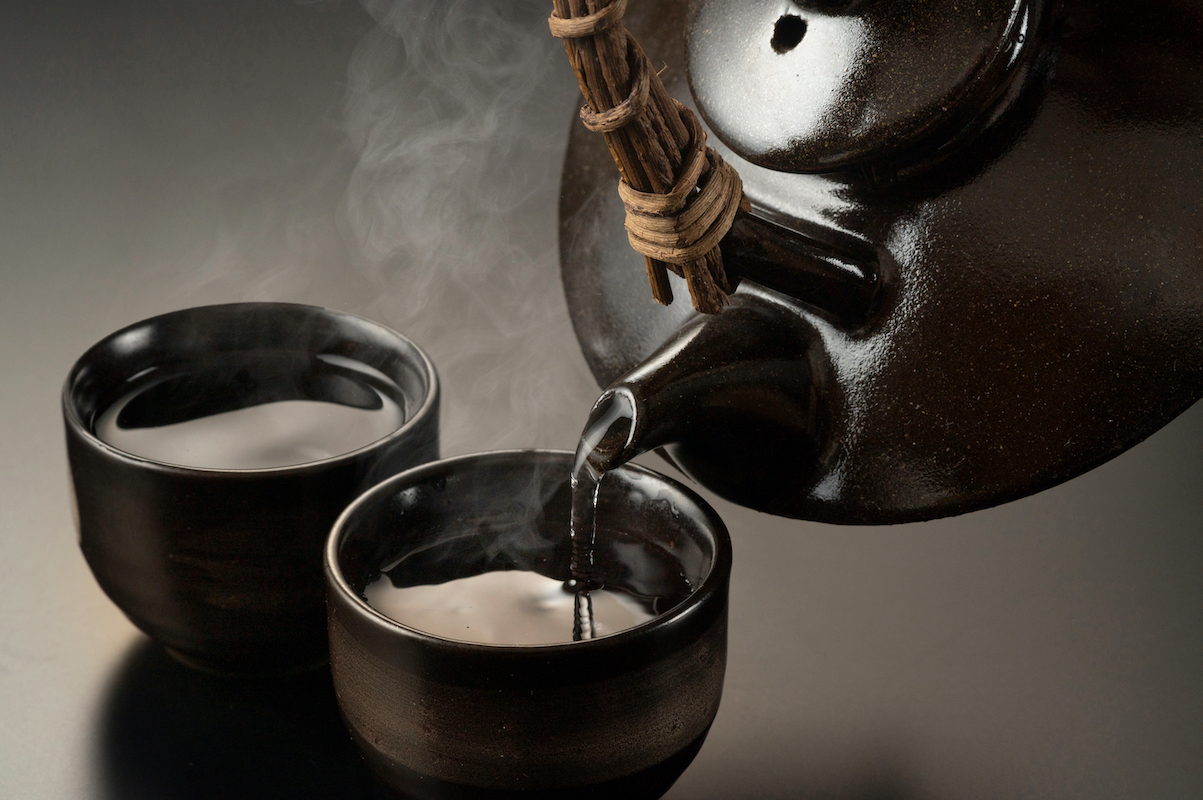
Prior to the production of the drink, polished rice is brought into the brewery before being carefully washed and soaked in water and then steamed. Rice polishing or milling removes unwanted outer layers from the grain, such as bran and fats, and progressively increases the ratio of starch to proteins. So-called "Daiginjo" sake (the highest grade of the drink), is brewed using rice polished down to less than half its original mass.
A portion of the freshly steamed rice is taken to one side and mixed with the koji fungus in a delicate dance of heat and humidity that lasts around two days, giving brewers the desired quantity of enzymes to fuel the saccharification of the starch.
This mixture, now known as just koji, is then mixed with steamed rice in water, allowing for the development of a strong yeast population. That is when the above referred-to multiple parallel fermentations start: yeast immediately transforms the sugar released from rice dissolving in water under the action of enzymes. This main fermentation phase will last around three to six weeks.
So once the hard part is over and done with, one question remains: how do you serve this hallowed drink?
"Sake is an amazingly versatile beverage," Lemoine says. "It can be enjoyed at many different temperatures – subject to a few simple rules – and in a wide range of sake ware.
"Sake’s main traditional role in gastronomy is to offer support to the meal, enhance food’s flavors and textures," he adds. "Japanese people have even developed some cultural rituals about the way to pour sake, if only to increase interaction between individuals sharing a meal. Typically, small containers and cups are used, one does not pour sake for oneself, but serves others holding their cup, before being served in a similar way. This will repeat often. No one should feel bound by this custom though, casual drinking is part of the culture as well."
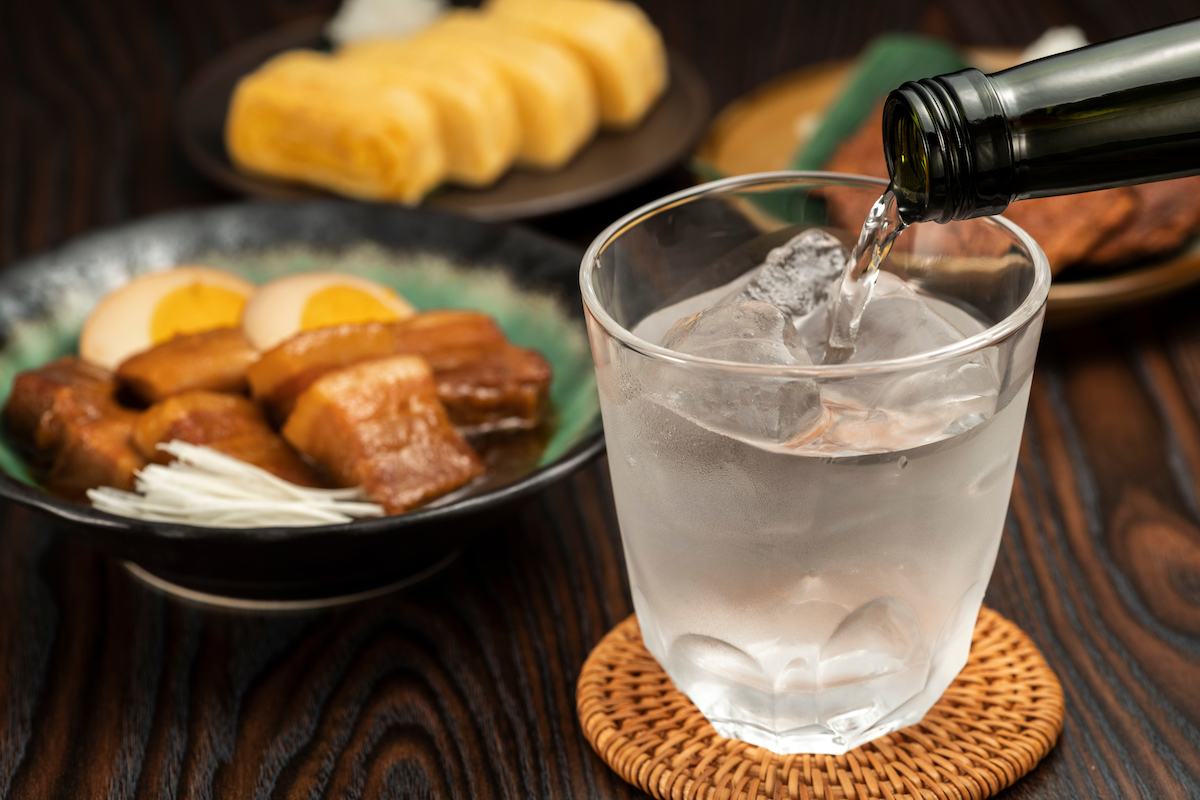
And so onto taste, which is where the extraordinary variety of sake comes to the fore, although its bizarre labelling system needed some rather dramatic de-mystifying by Lemoine.
"Some sake offers a fruity fragrance, a light body and smooth texture, a clean aftertaste," he says. "This profile tends to be found in the 'Ginjo-shu' category and such fragrance is called 'Ginjo-ka'. Ginjo grade sake is made from rice polished down to less that 60% of its original mass and a small amount of distilled alcohol is added to the mash.
Meanwhile the ultra-premium 'Daiginjo-shu', he tells me, is a form of Ginjo-shu made from rice polished further down and offers an even more refined taste and intense Ginjo-ka.
"Junmai products produced using Ginjo brewing techniques can be labelled 'Junmai Ginjo' and 'Junmai Daiginjo' as a function of the rice polishing ratio," he adds. "These tend to offer Ginjo-ka paired with higher umami tones and greater acidity. In recent times, some brewers have been aiming at reaching an acidity level close to that of a white wine.
"Other products labelled Junmai and 'Tokubetsu Junmai' tend to focus on highlighting the flavors of rice and Koji, with a clean but layered taste, and a relatively high level of acidity and umami, typically," he says, noting that "coarser flavors are often associated with a fuller body".
There are two more premium sake grades that Lemoine sees necessary to highlight: 'Honjozo' and 'Tokubetsu Honjozo'. These labels are applied to sakes that are well balanced and less assertive, making a good companion for food before anything else, whereas Daiginjos and Junmai Daiginjos can be consumed outside meals as well.
And last but not least is non-premium sake ("Futsu-shu") which, predictably, has the largest share of the market locked down, and while it is very affordable, it can still offer a pleasant drinking experience over a meal, served at room temperature or warm.
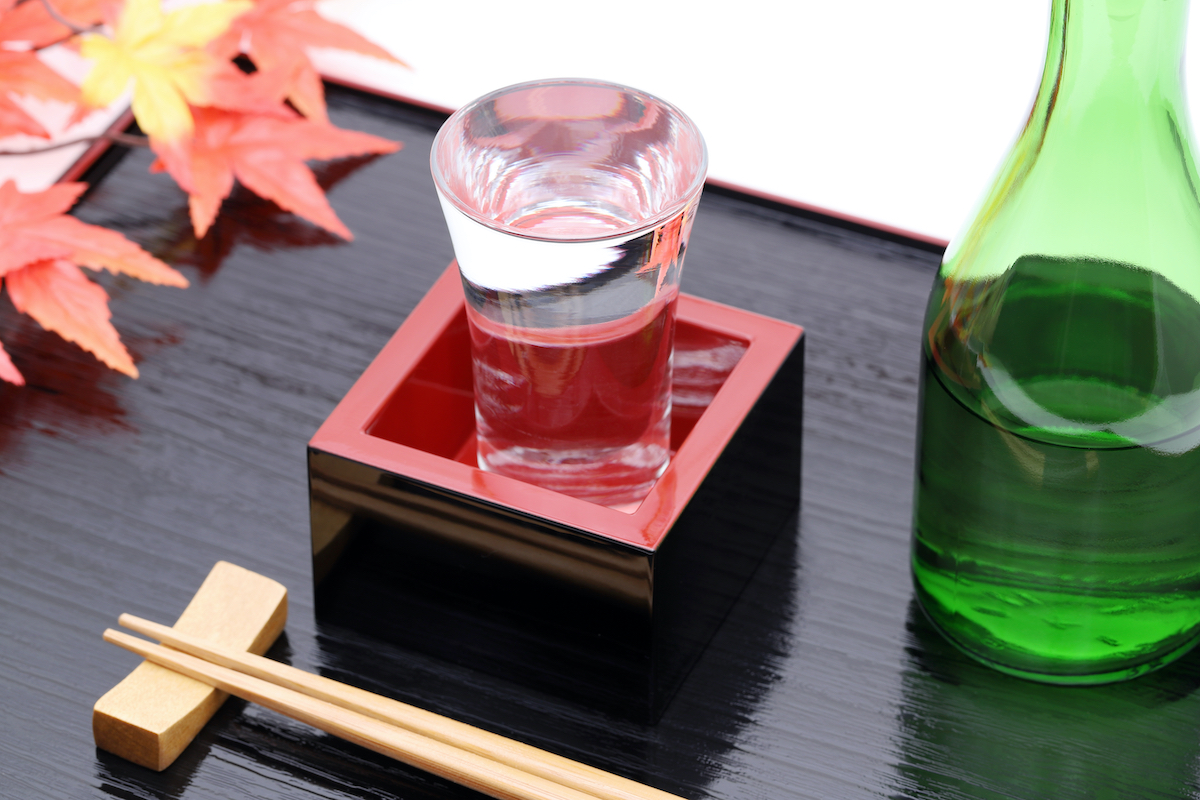
SHOCHU
Shochu, sake's mysterious distilled brother, is an entirely different beast and one that may be more challenging to western palates. However, once one wraps their head around this spectacular drink they will no doubt be hooked – not only by its wonderful flavours and aromas but also by its remarkable versatility, demonstrated by the ever-growing list of shochu cocktails that can be found online.
Shochu, as mentioned, is a distilled alcoholic beverage, and one with a frighteningly complex composition and manufacturing process. Despite its name translating rather reductively as "distilled alcohol", it has upwards of 49 different ingredients that comprise its makeup, the most important of which are sweet potato, barley, rice, sugar brown and buckwheat.
An unusually varied spirit, shochu contains 20% to 43% alcohol, meaning its ABV flip flops between that of a rich after-dinner liqueur and a stiff whisky.
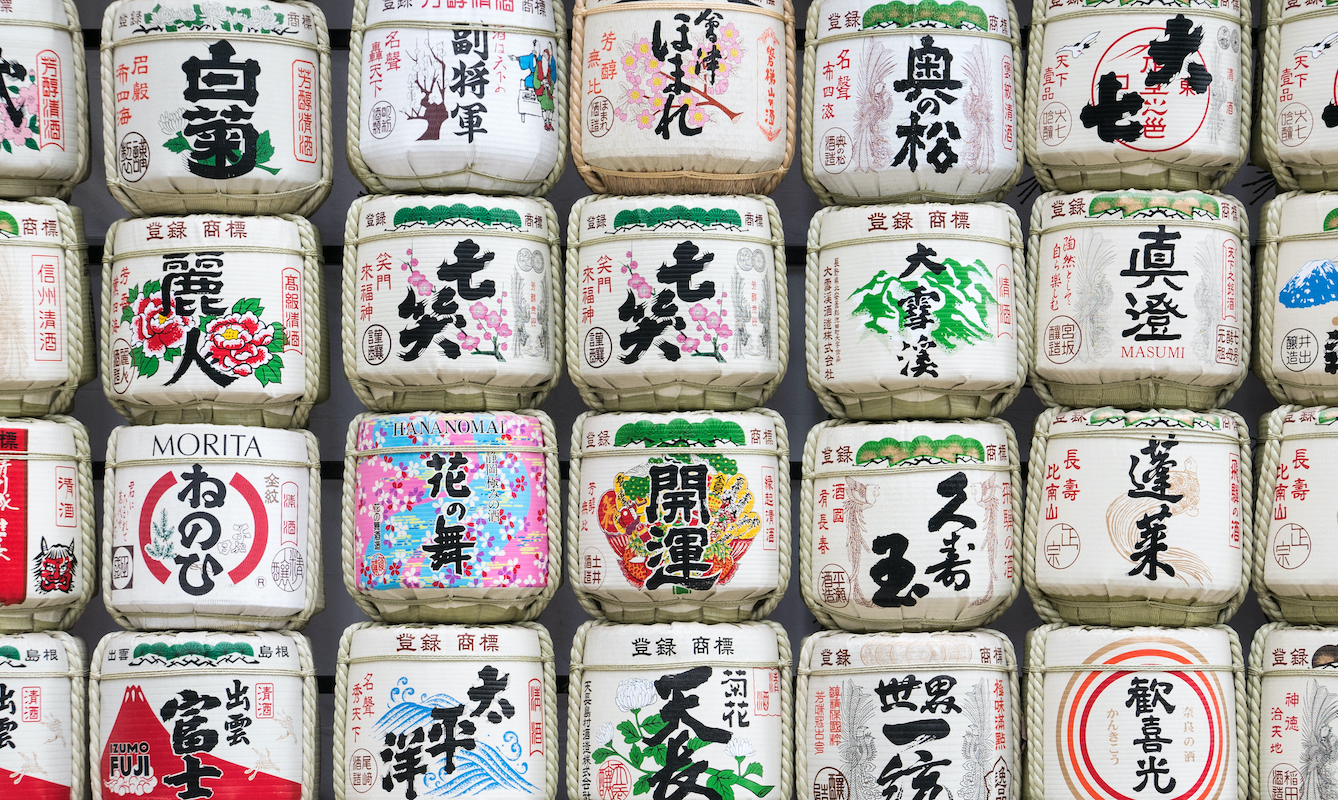
The drink originates from Kyushu, the most westerly of Japan's "main islands", and Okinawa, a tropical island paradise 1000 miles adrift in the ocean to the south of the mainland. 90% production of shochu still comes from these regions and as such is a cornerstone of gastronomy and cuisine in southern Japan – and among honkaku shochu, Okinawa produces its own variant called Awamori
The origins of shochu are something of a mystery, although it is thought to have been developed as a uniform drink long after sake; it was first reported by Portuguese explorers who signposted its existence around the 16th century. And while sake is better known outside of Japan’s borders, consumption of shochu in the country is considerably more widespread.
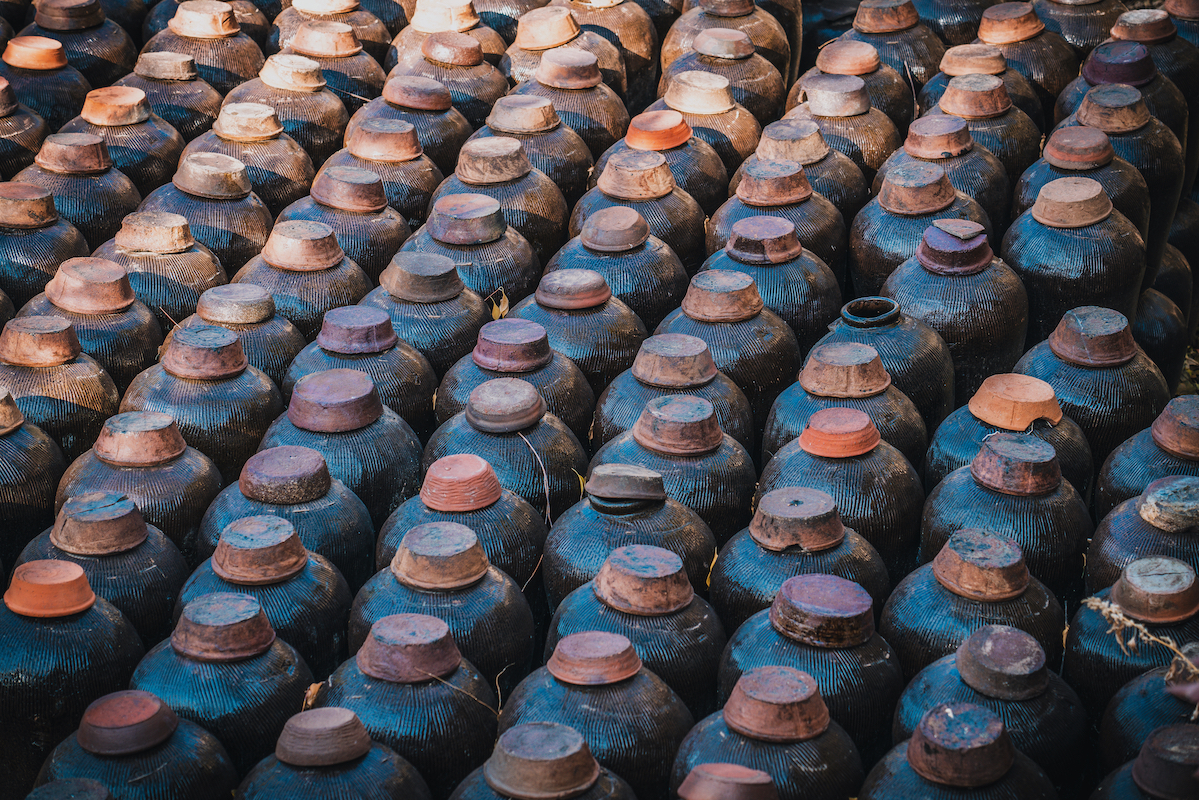
In order to make a honkaku shochu, rice is brought to the distillery and made into a Koji similar to that found in sake. This is then mixed with yeast and water; over the course of six to eight days the yeast breaks down glucose from the Koji into alcohol and CO2. The mash that is left over, known as moromi, is then fermented with koji, water, yeast and whichever raw material the distiller has chosen before being boiled. As noted by shochu experts, this flavours found in this style of the beverage are almost entirely dependent on the main ingredient used in the production process.
At the beginning of the distillation, the alcohol level can be upwards of 60%, though this will drop to around 35-40% as time goes on. The highest alcohol volume of sochu is capped at 45% by law, but the average is around 25%.
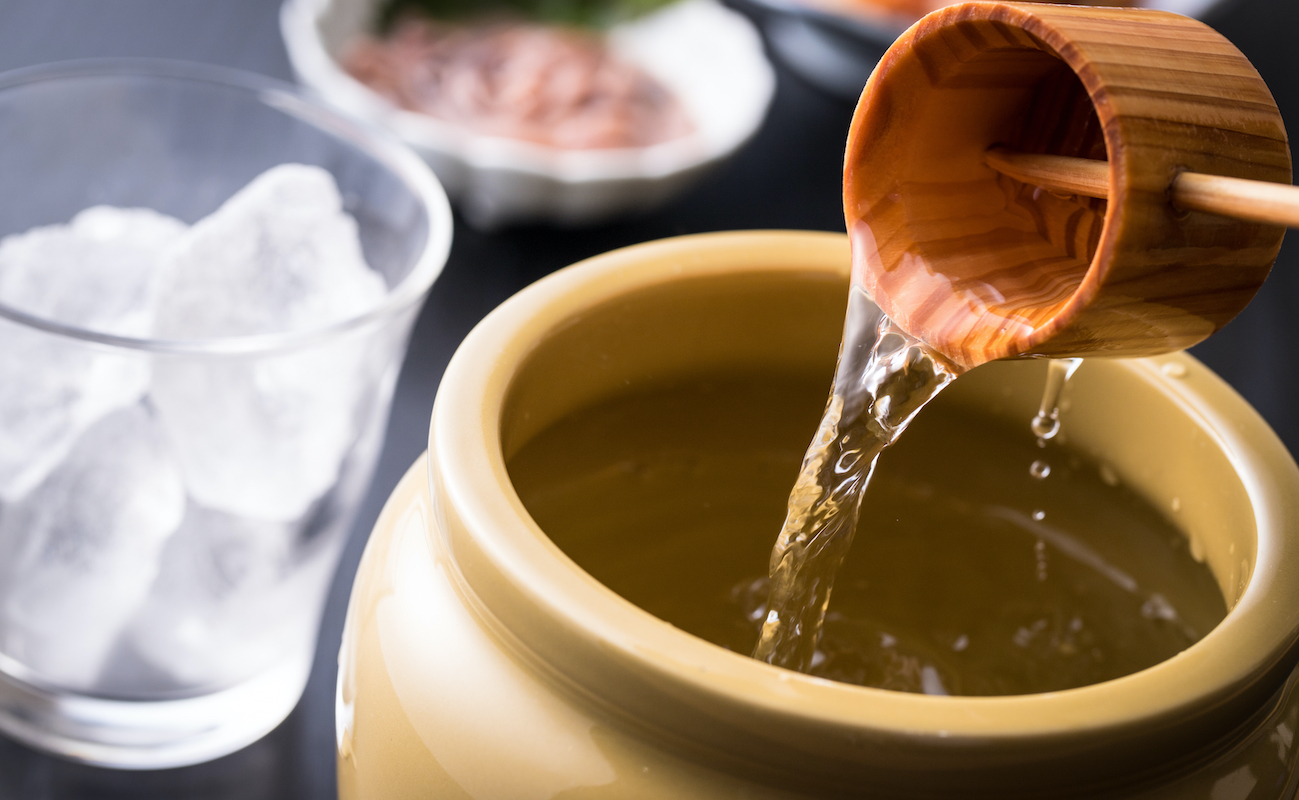
But once the distillation process is over, the question once again moves on to how to serve this unique beverage – and the truth is that it is considerably more versatile than even sake.
Neat is always an option, and it goes without saying that this will most accurately convey the flavours in the raw spirit. But the most popular way to enjoy shochu is on the rocks, where the glass is almost filled with ice which slowly melts into the spirit and unleashes new aromas and flavours with each individual level of dilution.
Another popular option is to dilute it with water, although there are two ways of doing this that offer drastically different experiences. "Mizuwari" is the process of mixing shochu with cold mineral water, allowing fragrances to flourish in a similar fashion to serving shochu over ice. But a more unique experience to western tongues would be the the closely related "Oyuwari", which is made by cutting the spirit with hot water. This method is recommended for people who want to really bring out the umami tones of honkaku shocho and works particularly well with imo shochu, made from sweet potato.
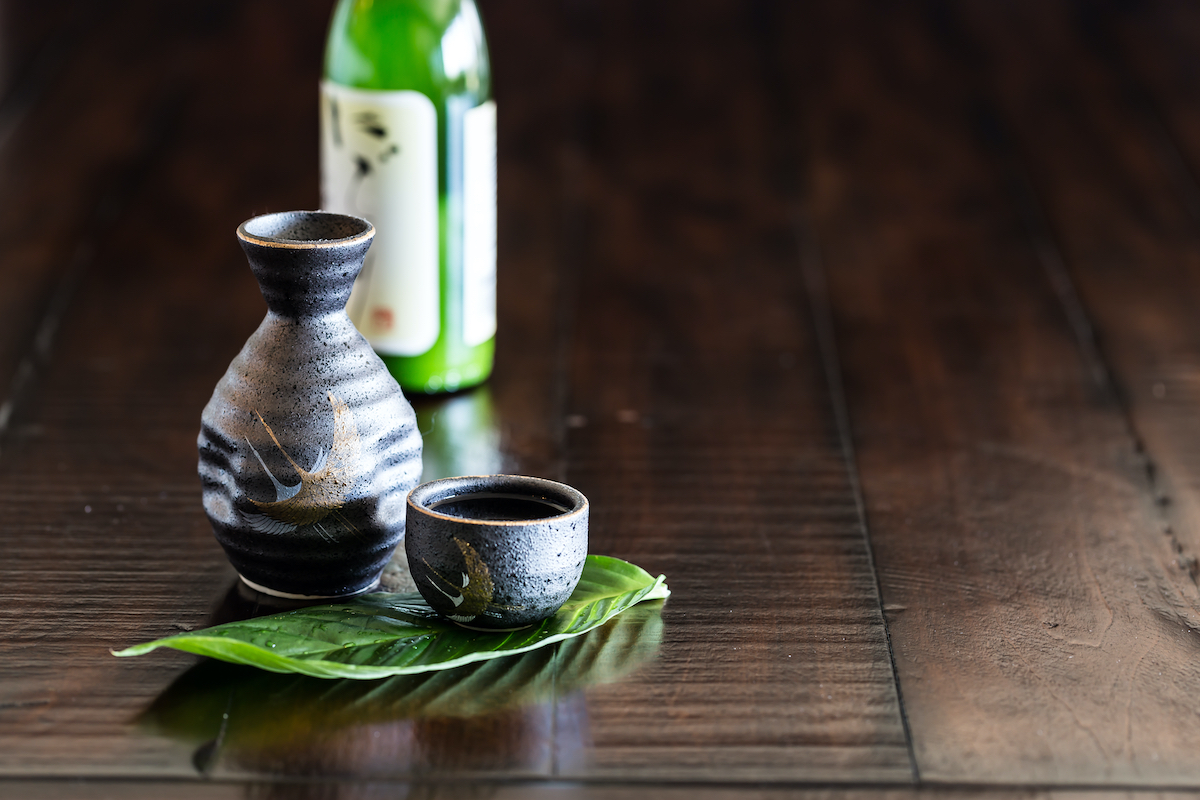
These two spirits have not only dominated the Japanese drinks market for centuries, but continue to grow as younger generations – and the wider world – slowly catch on to their delicate flavours and learn to appreciate the back-breaking effort that goes into every last drop.
Indeed, Japan has tripled its sake export over the past decade, establishing new records year after year – it seems that sake’s ability to be easily paired with meals is fuelling an unprecedented increase in popularity – and there are now more than 1,500 sake breweries in Japan making 20,000 brands of the drink between them. Shochu, similarly, remains as popular as ever and is now ubiquitous in restaurants, bars and other clubs in major cities across the world.
So the next time you're looking for a good conversation starter at a dinner party or an intriguing tipple on a night out at your favourite restaurant, be sure to ask for a little drop of Japanese history to go with your meal.
For more information on sake and shochu visit japansake.or.jp




